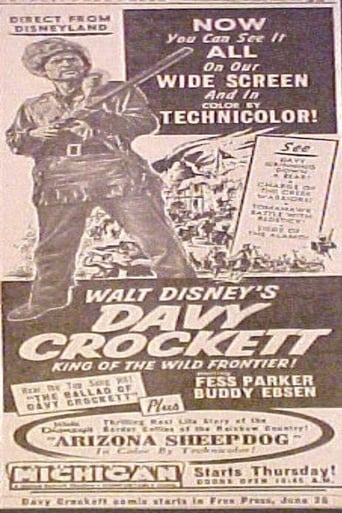
25 May 1955

Arizona Sheepdog
Arizona Sheepdog is a documentary film that was originally released to theaters by Buena Vista Distribution on May 25, 1955 as a double-bill with Davy Crockett, King of the Wild Frontier.

The film features a conversation between Lucas and Francis Ford Coppola, producer of THX 1138. They discuss Lucas' vision for the film, including his ideas about science fiction in general and in particular his concept of the "used future" which would famously feature in his film Star Wars. Intercut with this discussion is footage shot prior to the start of production of THX 1138 showing several of its actors having their heads shaved, a requirement for appearing in the film. In several cases the actors are shown being shaved in a public location. For example, Maggie McOmie is shaved outside the Palace of Fine Arts in San Francisco, while Robert Duvall watches a sporting event as his hair is cut off. Another actor, Marshall Efron, who would later play an insane man in the film, cut off his own hair and was filmed doing so in a bathtub.
Self
Self
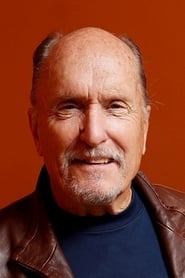
Self

Self

Self

Self

25 May 1955

Arizona Sheepdog is a documentary film that was originally released to theaters by Buena Vista Distribution on May 25, 1955 as a double-bill with Davy Crockett, King of the Wild Frontier.
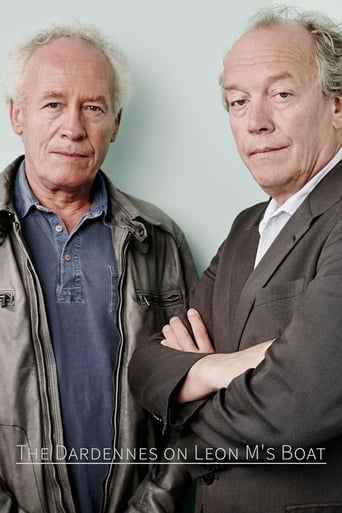
11 Apr 2015

The Dardenne brothers discuss their early documentary films, their relationship with Armand Gatti (who inspired them to become filmmakers), the impact various political events had on their career and work and the shooting of When Leon M.s Boat Went Down the Meuse for the First Time.
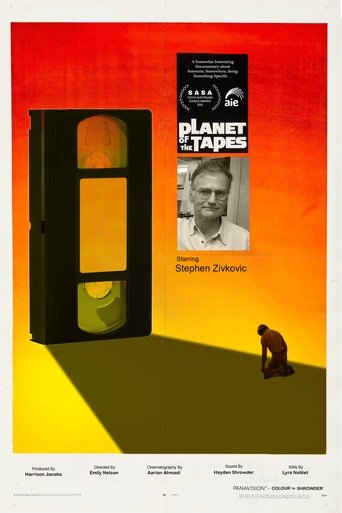
18 Nov 2025

A Deep Dive into the life of Stephen Zivkovic, the owner of the last DVD rental store in Adelaide.

05 Apr 2010

A documentary of classified military footage released by WikiLeaks showing an attack by the US military in the Iraqi suburb of New Baghdad. This attack left 12 dead including two Reuters staff.
11 Sep 2015
"Wild Cats 3D" is the story of the magnificent lions, cheetahs and leopards of southern Africa. Kevin Richardson, the "Lion Whisperer", leads an expedition into their extraordinary world.
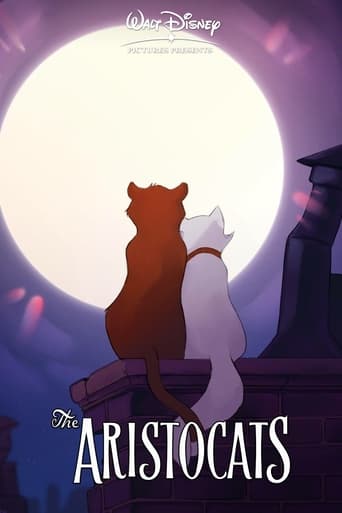
04 Feb 2008

Comments from composers Richard and Robert Sherman.
19 Jun 2015
The old bus "Tired Theodore" came into service in 1954 and operated for long periods along the line Lumparland - Mariehamn. One summer day a number of older people had gathered for a bus ride along the winding country roads in Lumparland, and to relive old memories. At the same time one of the locals, Putte Karlsson, took up a large project: rebuilding the old mill in Lumparby. The mill was owned by his grandfather, skipper and farmer in the village. Sawmills previously existed in many villages in Åland Islands but today they are no longer in use. It is a big challenge and many are skeptical that Putte will put everything to work.
04 May 2015
A film about Men At Work, their hit single Down Under, and the Kookaburra controversy. The band were sued for copyright infringement and faced the label of 'plagiarists', 35 years after their success. An examination of the organic development of the song, its commercial success and cultural significance and questions the relationship between art and law, influence and copyright.
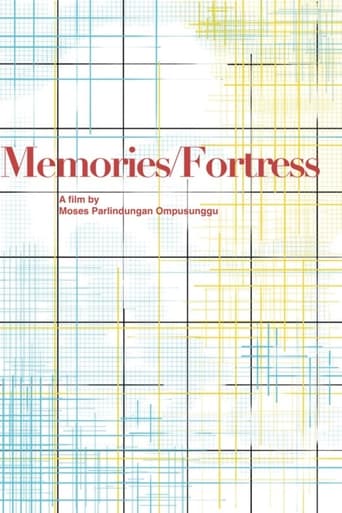
30 Apr 2020

An Indonesian student in London attempts to deal with the absurdity of confinement and immobility due to then-ongoing coronavirus lockdown by talking to his parents – who also face similar movement restrictions in Jakarta – over the phone.
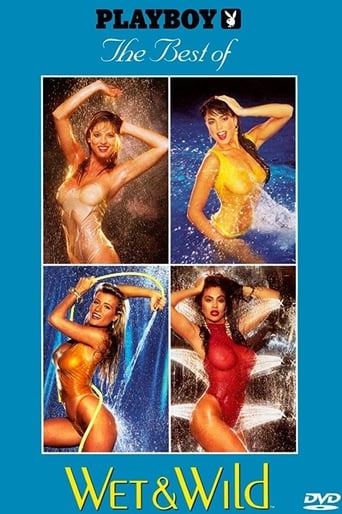
30 Sep 1992

This sensational collection features the very best from Playboy's best-selling "Wet & Wild" series, plus provocative never-before-seen footage.

18 Feb 1997

Nothing beats the enticing appeal of those alluring girls next door. Now they're all grown up and ready to take you on a series of rousing rendezvous that are naughty... and oh so nice!

25 Jul 2000

Good clean fun has never been so sexy! See what happens when you bring together the world's most beautiful women and put them into one slippery scenario after another. They shed their inhibitions - and their teeny bikinis - in the hottest, wettest, wildest scenes yet.
02 Aug 2016
Brian Bolland’s artwork is instantly recognizable to comic book enthusiasts all over the world. Known for his amazing cover art, it was a rare inclusion into the body of a graphic novel, Batman: The Killing Joke, that helped the perennial story of Batman and The Joker remain a fan favorite for decades to come. Combined with the graphic novel’s original script – which is more than just the telling of a story, but an intricate map explaining every stop along the way to the end of a fantastic journey – this documentary reveals the artistic process behind The Killing Joke’s distinct style. We’ll learn how artists and writers excelled at conveying story and human emotion one panel at a time, mesmerizing readers with unforgettable stories and humanized depictions of heroes and villains. And why after nearly 30 years in print, Batman: The Killing Joke is more thought provoking than ever, as its socio-economic themes are relatable to generation after generation.
31 May 2016
Sir Ian McKellen and Richard Loncraine talking about making the film.

26 Nov 2015

The year 2015 will be chronicled as magical, mythical and memorable. The People of Tomorrow experienced Tomorrowland on three continents this year. After celebrating the 10th anniversary in Belgium in 2014 and putting ashore in the United States, the third chapter of our magnificent fairytale was written in Brazil for the very first time.

13 Oct 2020

Featuring Interviews with Noel Cunningham, Sean S. Cunningham, Kane Hodder and Todd Farmer. Discussions include writing and pre-production, the influence of Scream's success on the film, early concepts for the film, settling on outer space, plot and setting details, shooting 3-perf film, visual effects, ditched concepts, über Jason, audience reaction, and more.
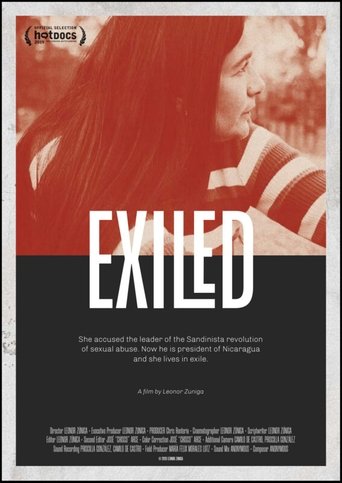
25 Apr 2019

She accused the leader of the Sandinista revolution of sexual abuse. Now he is president of Nicaragua and she lives in exile.
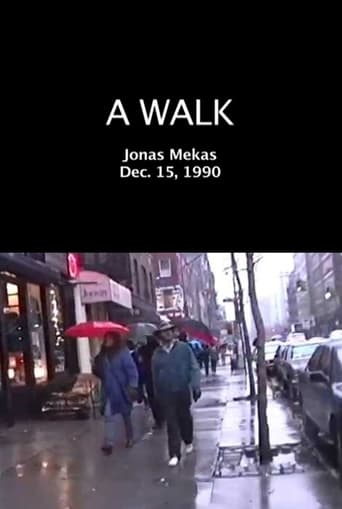
15 Dec 1990

Filmed on Dec. 15, 1990. On a rainy day, I have a walk through the early Soho. I begin my walk on 80 Wooster Street and continue towards the Williamsburg bridge, where, 58 minutes later, still raining, my walk ends. As I walk, occasionally I talk about what I see or I tell some totally unrelated little stories that come to my mind as I walk. This video was my early exercise in the one-shot video form. There are no cuts in this video.
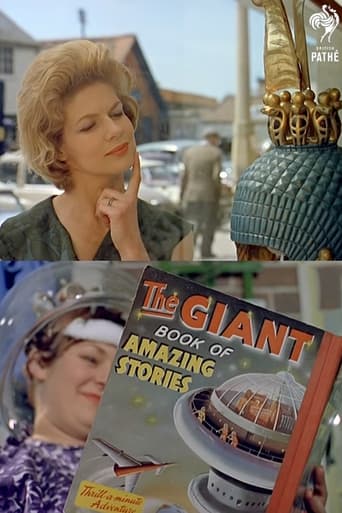
01 Jan 1962

Pathé visits the hairdressers in Wokingham, Berkshire an establishment owned by Alec Pountney
08 Mar 2016
Capping a season with more twists and turns than any Colorado slalom course, the Denver Broncos are once again Super Bowl champions! The incredible story of Peyton Manning, Gary Kubiak, pro football's best defense and the rest of the 2015 Broncos is now yours to own. From the season opening kickoff to the crowning glory of the Denver's 24-10 victory over the Carolina Panthers in Super Bowl 50, NFL Film documents every big plan in the Broncos triumphant season with amazing game footage, exclusive sideline sounds and game wires and the pulse-pounding music that will make you want next season to start tomorrow. Denver Broncos Super Bowl 50 Champions also features exciting profiles from NFL Network and the best shots and sounds of the entire 2015 season. It s a must have for any Broncos fan.